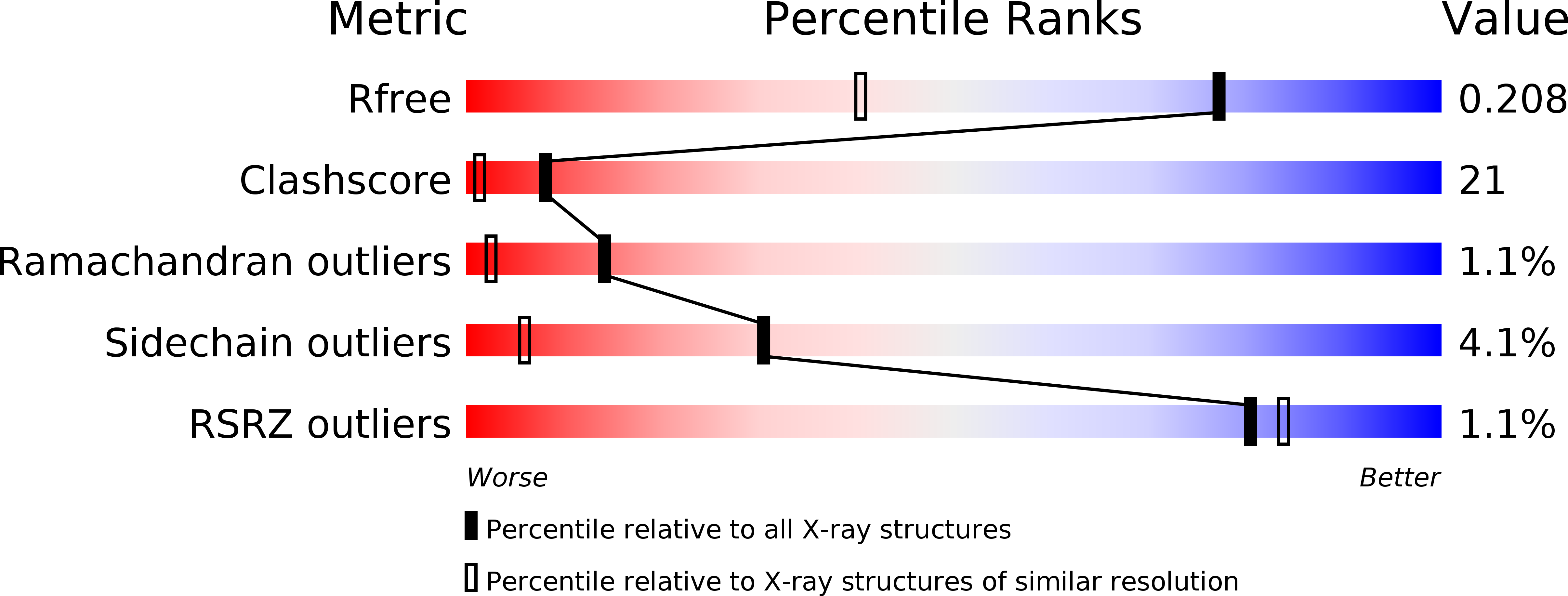
Deposition Date
2009-10-23
Release Date
2010-05-26
Last Version Date
2024-11-20
Entry Detail
PDB ID:
3KDM
Keywords:
Title:
Crystal Structure of Human Anti-steroid Fab 5F2 in Complex with Testosterone
Biological Source:
Source Organism:
Homo sapiens (Taxon ID: 9606)
Host Organism:
Method Details:
Experimental Method:
Resolution:
1.50 Å
R-Value Free:
0.20
R-Value Work:
0.18
R-Value Observed:
0.18
Space Group:
P 1


